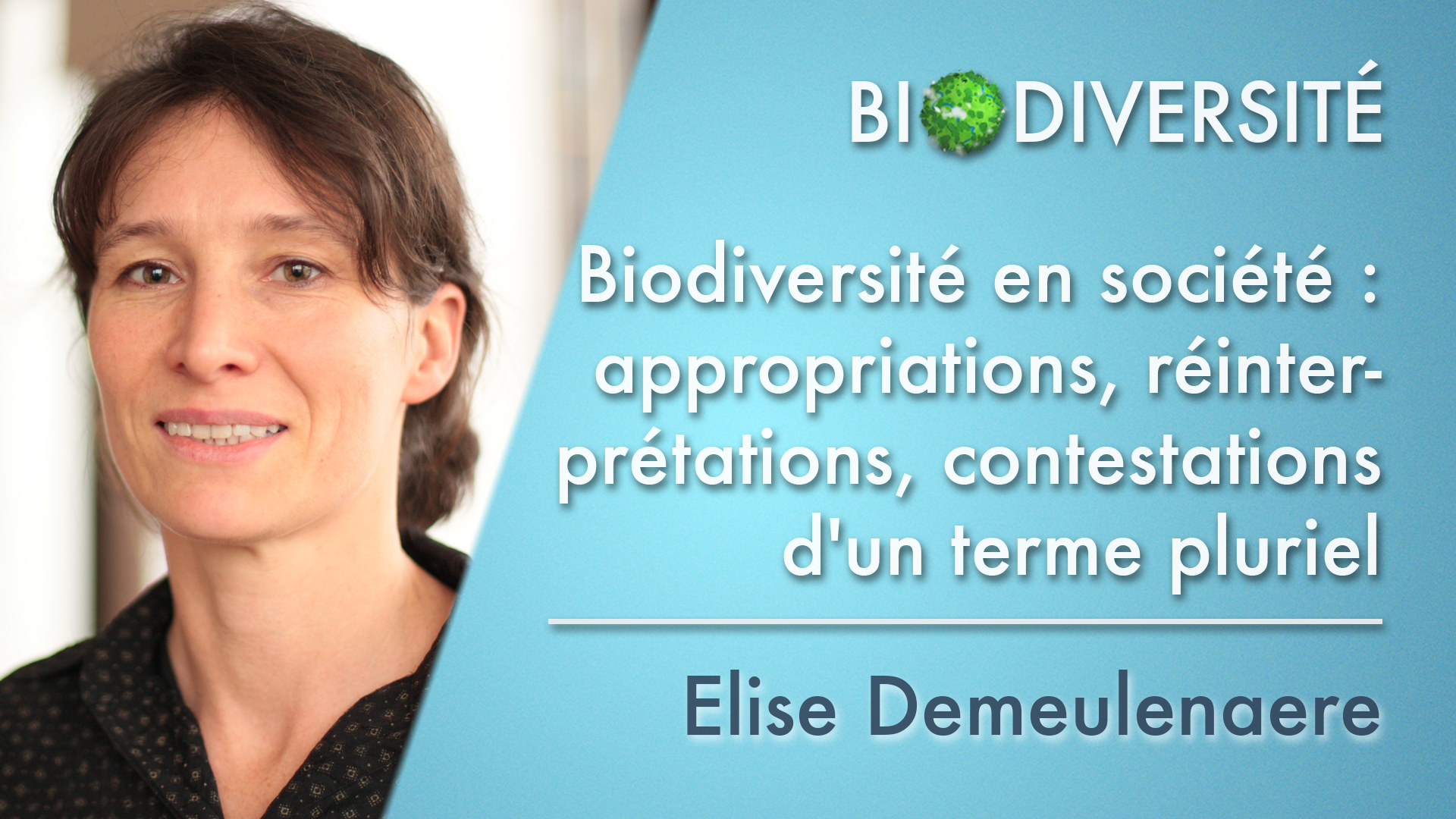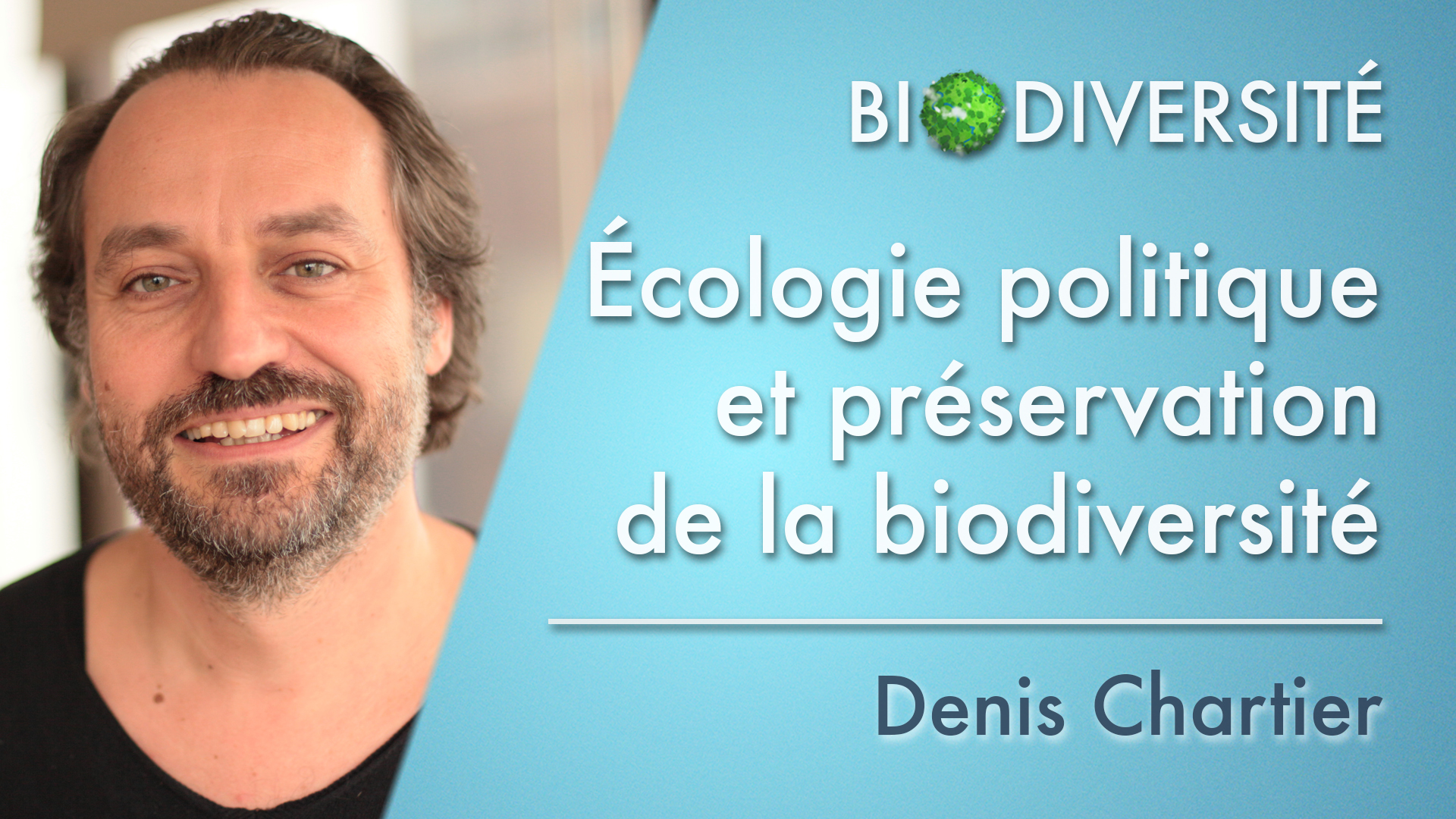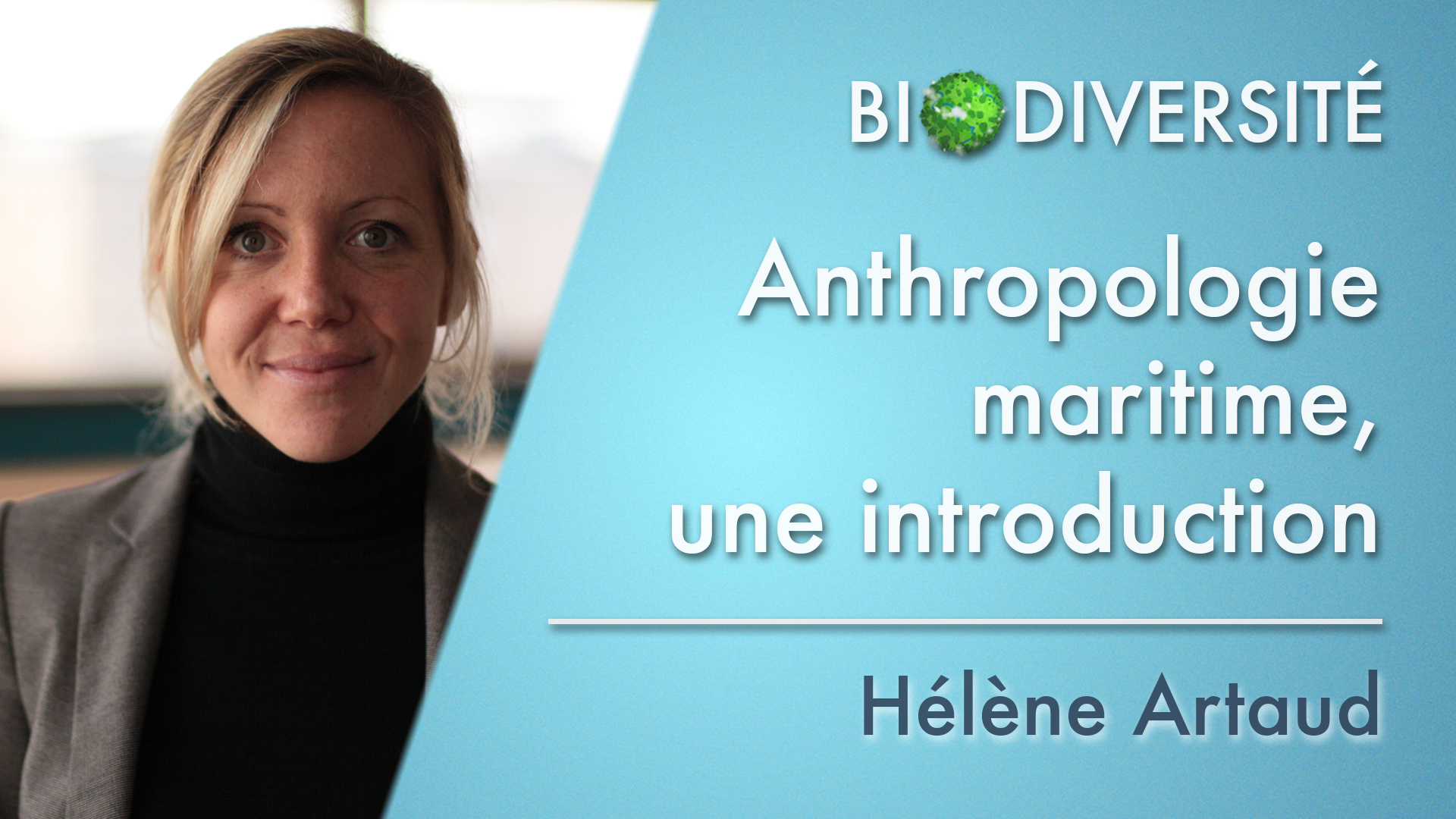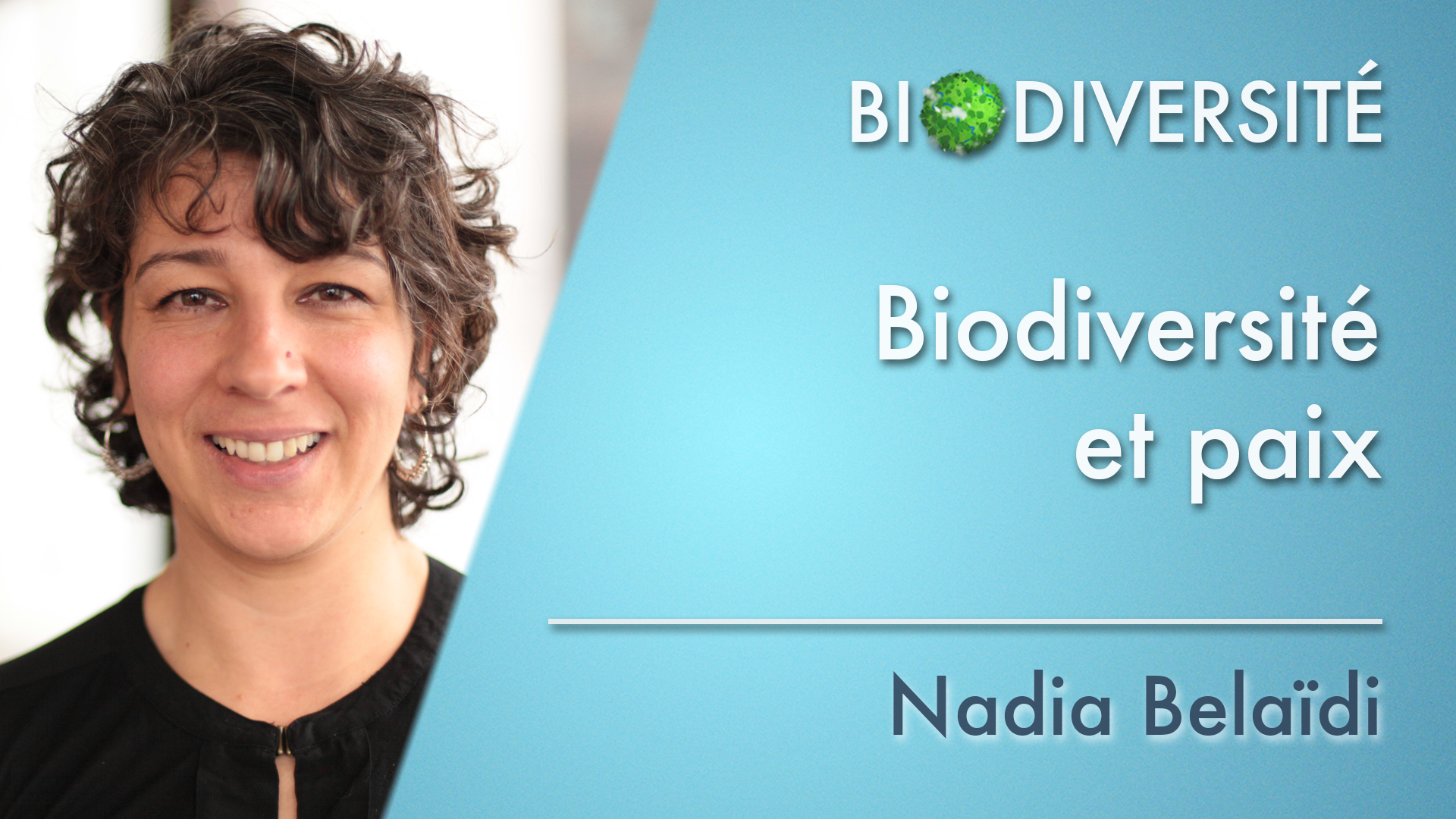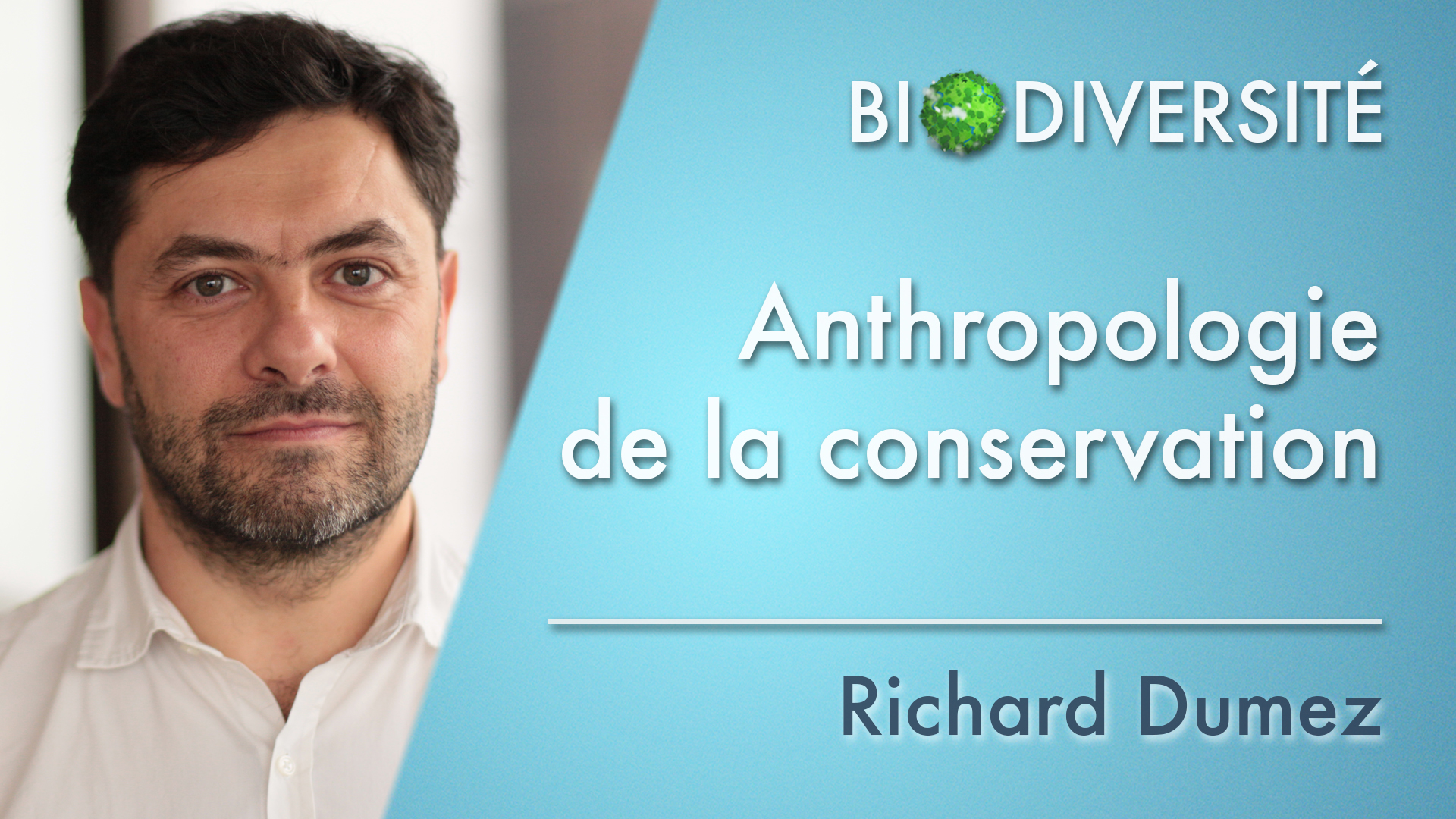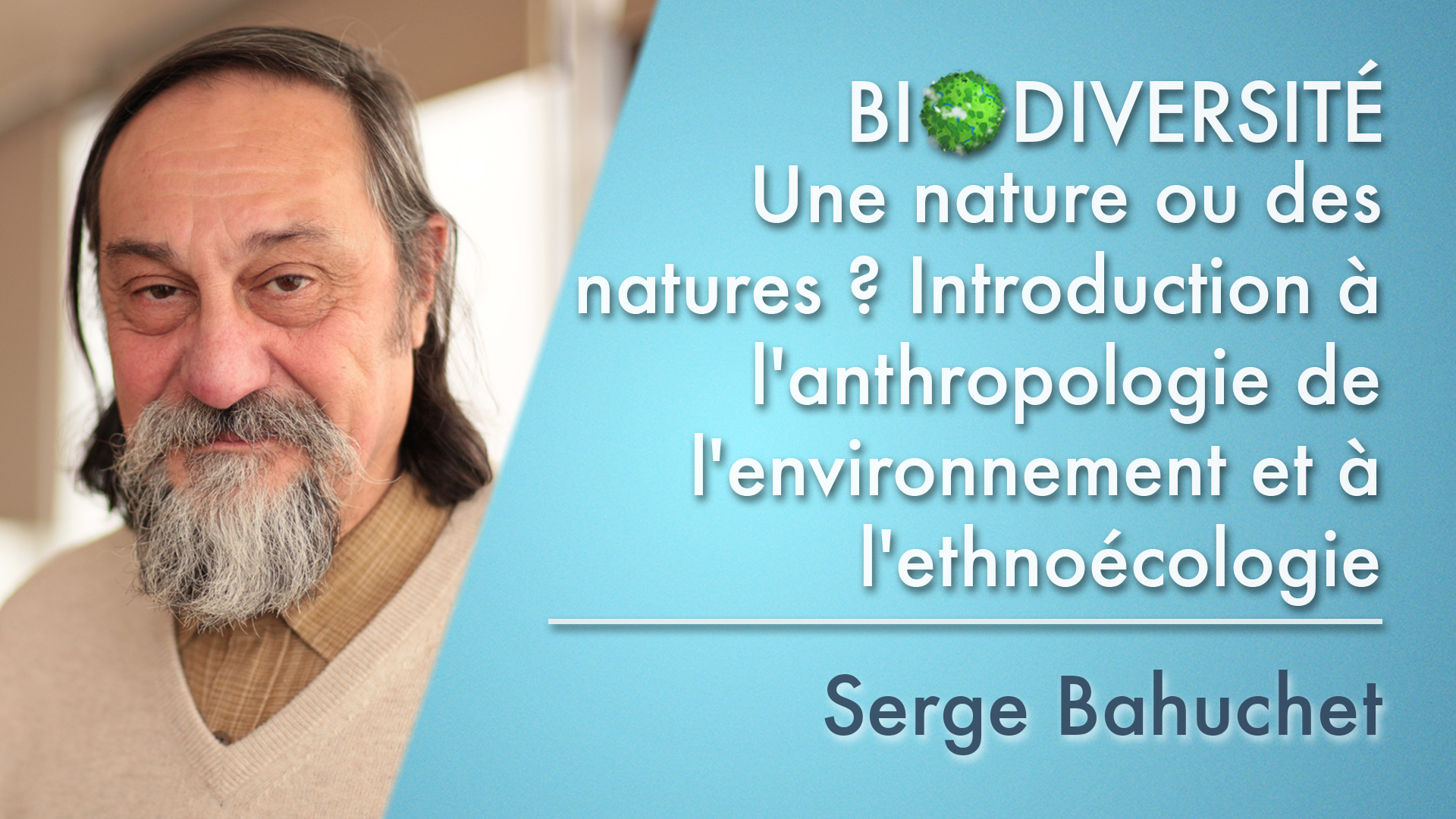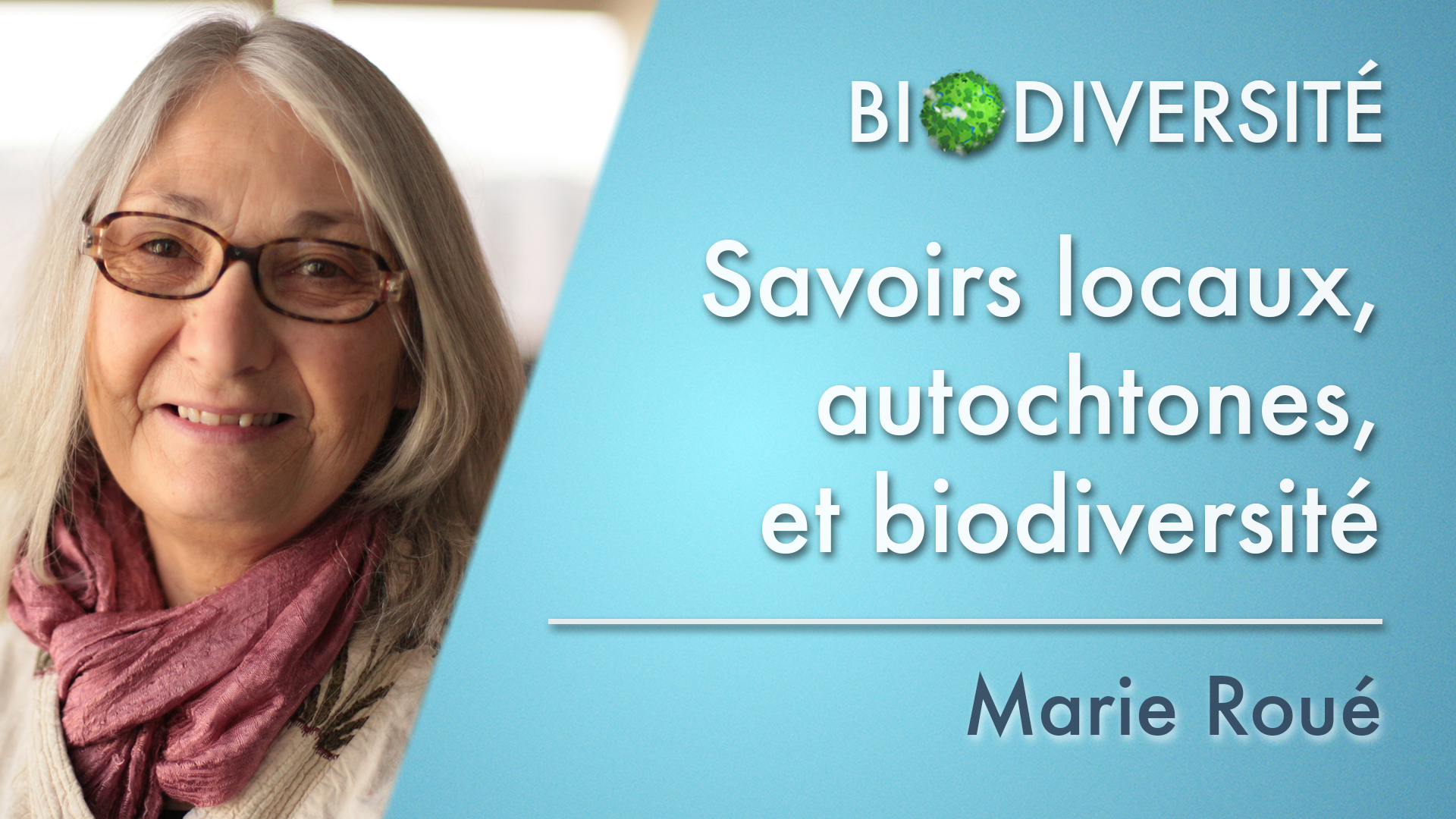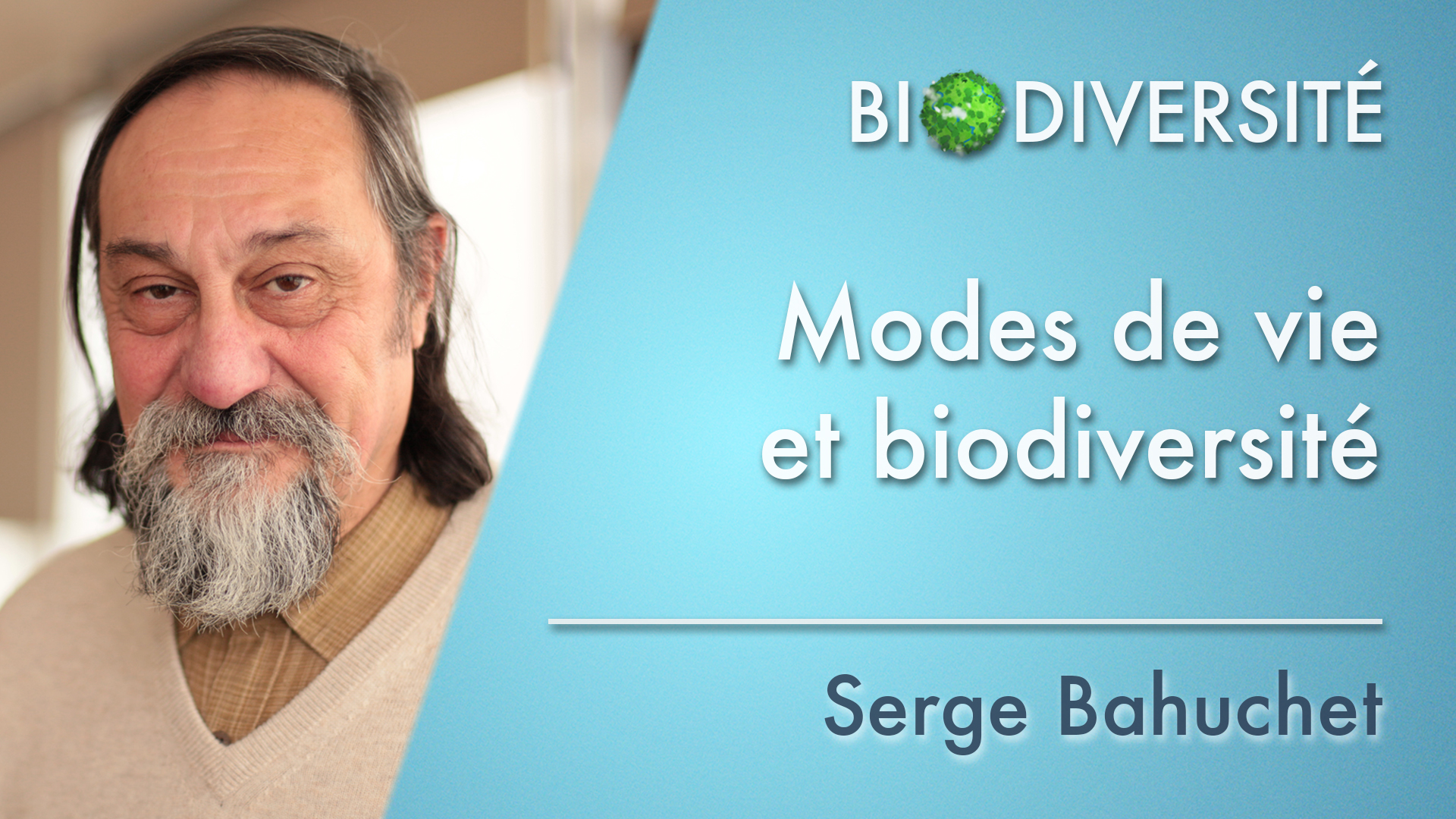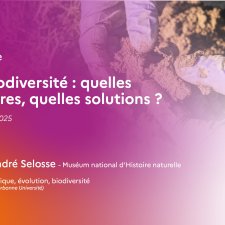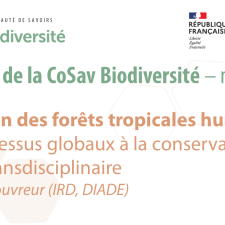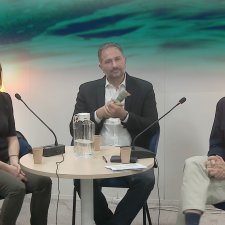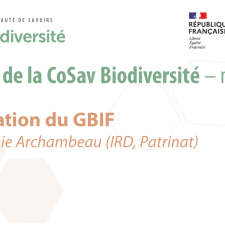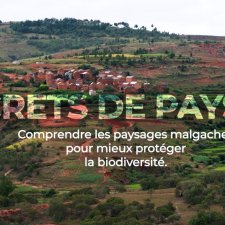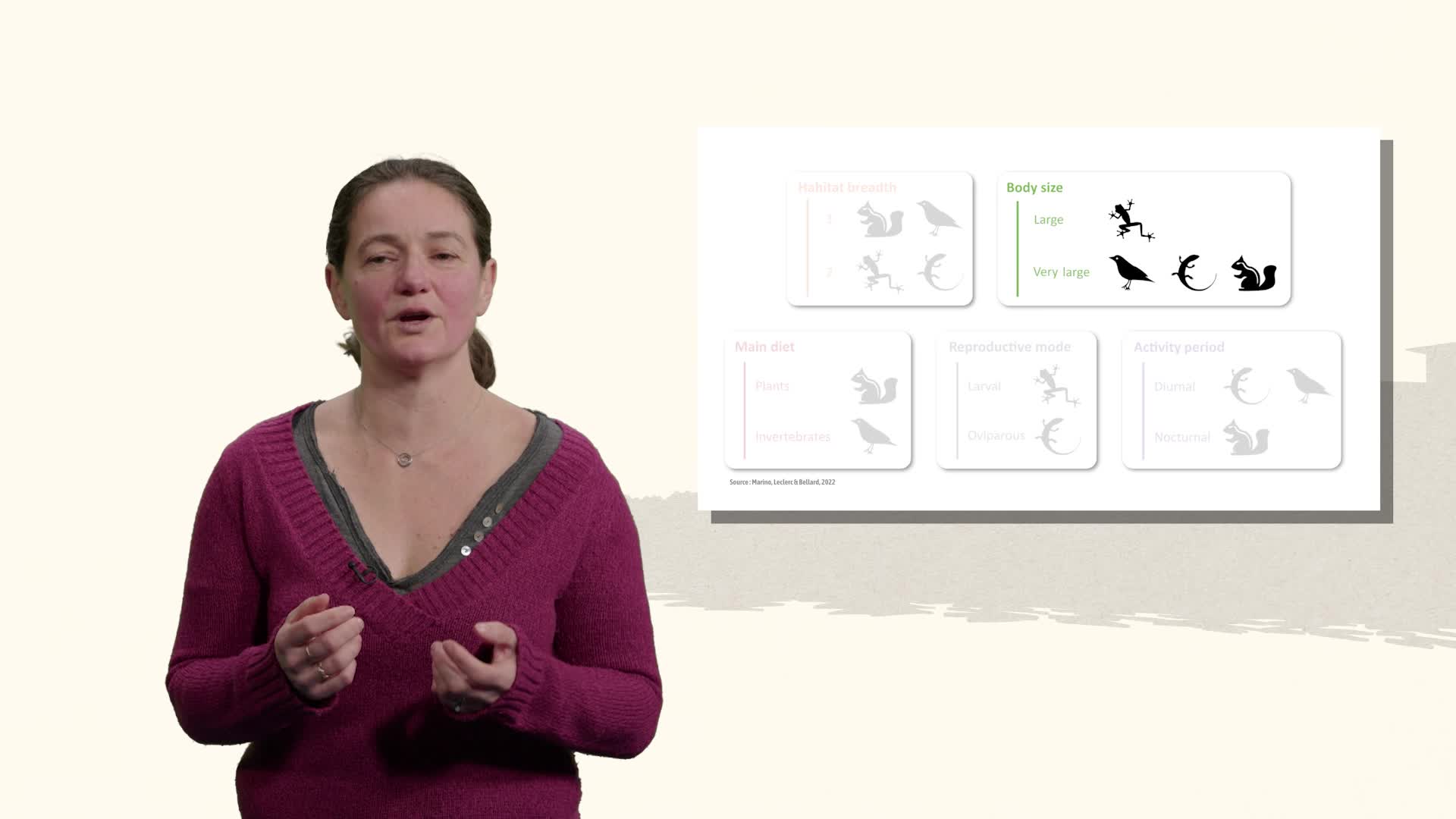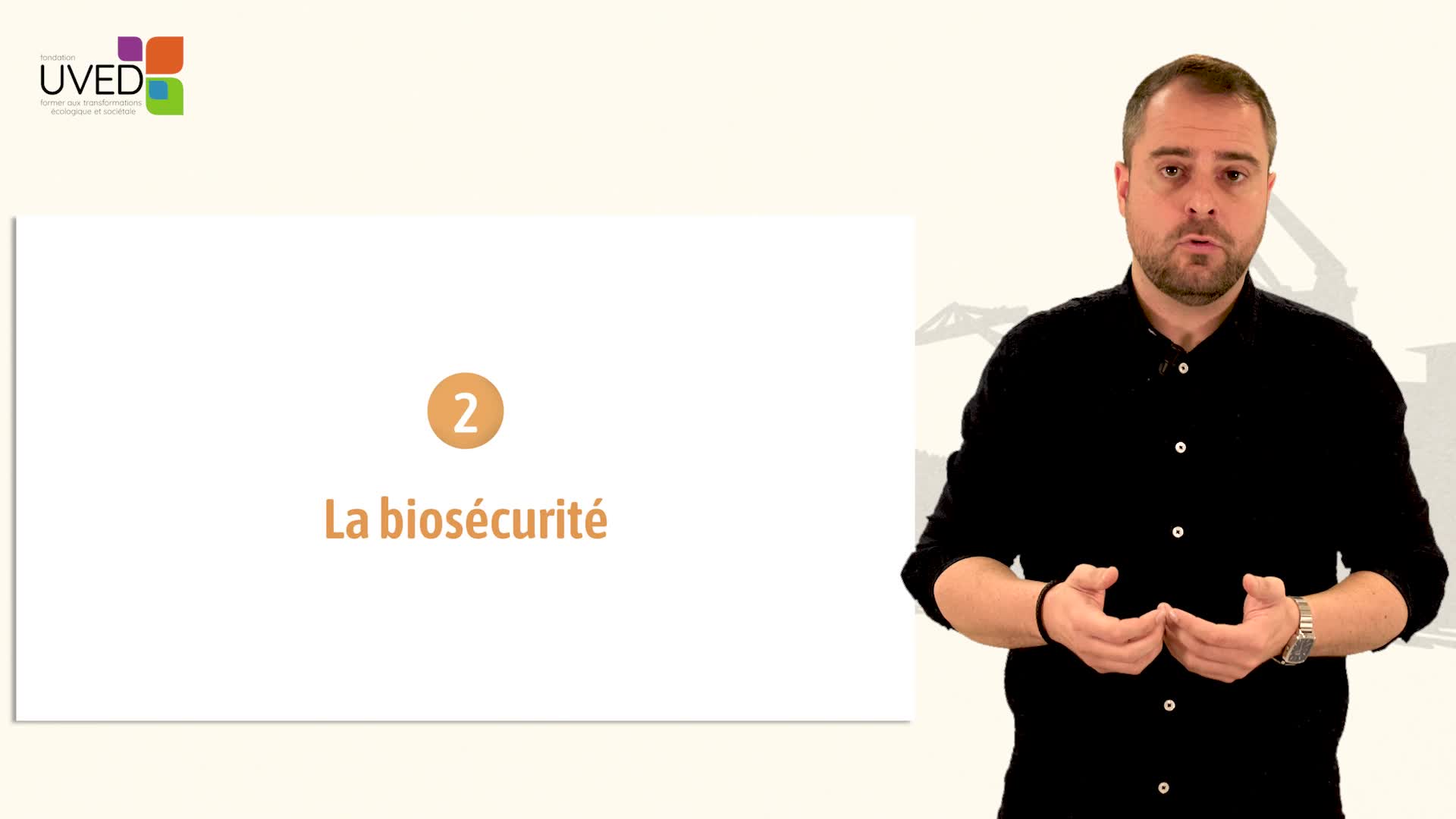Notice
10. Biodiversité et connaissances traditionnelles
- document 1 document 2 document 3
- niveau 1 niveau 2 niveau 3
Descriptif
Jean-Dominique Wahiche évoque le droit de la biodiversité et des connaissances traditionnelles. Sur la base d'une définition de la notion de patrimoine, il retrace l'histoire des négociations internationales autour de ces questions, jusqu'au protocole de Nagoya en 2010. Il met en évidence la reconnaissance et la protection accrue de ces connaissances traditionnelles.
Intervention / Responsable scientifique
Dans la même collection
-
EN-10. Biodiversity and traditional knowledge
WahicheJean-DominiqueJean-Dominique Wahiche evokes the law of the biodiversity and of traditional knowledge. On the basis of a definition of the heritage notion, he recounts the history of international negotiations about
-
EN-5. Various ways of reading biodiversity: appropriation, reinterpretation and dispute of a plural…
DemeulenaereEliseElise Demeulenaere proposes an analysis framework to better understand the variety of nature and biodiversity appropriation modes. She gives several examples underlining this diversity: the
-
EN-8. Political ecology and protection of biodiversity
ChartierDenisDenis Chartier presents the scientific political ecology. After a reminder of the international context, he proposes a definition of this. In order to understand the contributions of this discipline,
-
EN-6. Maritime anthropology, an introduction
ArtaudHélèneHélène Artaud presents the field of maritime anthropology, whose vocation is to study the nature and the diversity of relations between human populations and maritime areas. She highlights the
-
EN-9. Biodiversity and peace
BelaïdiNadiaNadia Belaïdi presents the Peace Parks, which are protected areas having an objective of biodiversity cross-border protection, of peace between populations sharing resources, and of local development.
-
EN-4. Naming and classifying biodiversity: a diversity of the view of nature
DumezRichardThrough the study of the life classifications variety, Richard Dumez evidences the diversity of the views of the nature. Scientific classification, popular or vernacular classifications, he indicates
-
EN-7. Anthropology of conservation
DumezRichardRichard Dumez defines the anthropology of conservation, "crisis discipline" from the confluence of conservation biology, ethnoecology and nature anthropology.
-
EN-2. One single type of nature or several different types: the diversity of vision for nature.
BahuchetSergeSerge Bahuchet explains that the nature is the subject of different views and perceptions. He recounts the main scientific currents which were interested in this (nature anthropology, ethnoecology,...
-
Biodiversity and society - Introduction
The preservation of the biodiversity, and of the services it provides to the human societies, involves a large variety of stakeholders and looks. All the preservation strategies are linked to the
-
EN-3. Local and indigenous knowledge and biodiversity
Marie Roué mentions the native and loval knowledge, especially its expertise and its preservation. She presents the international legal context, then she talks about its diverse components: knowledge,
-
EN-1. Ways of life and biodiversity
BahuchetSergeSerge Bahuchet comes back to some crucial uses of the environment by the human populations: hunting, harvestinf, farming and agriculture. He evidences the complementarity of those uses, the
-
7. Anthropologie de la conservation
DumezRichardRichard Dumez définit l'anthropologie de la conservation, "discipline de crise" issue de la confluence de la biologie de la conservation, de l'ethnoécologie et de l'anthropologie de la nature.
Avec les mêmes intervenants et intervenantes
-
EN-10. Biodiversity and traditional knowledge
WahicheJean-DominiqueJean-Dominique Wahiche evokes the law of the biodiversity and of traditional knowledge. On the basis of a definition of the heritage notion, he recounts the history of international negotiations about
Sur le même thème
-
Sol et biodiversité : quelles agricultures, quelles solutions ?
SelosseMarc-AndréLe sol a longtemps été géré sans conscience des blessures induites : urbanisation, agriculture intensive, érosion, etc. Pourtant, certaines agricultures ont déjà mis en place des solutions.
-
Présentation des domaines des sciences écologiques et de certains points clefs importants pour les …
BarotSébastienDans cette séance, Sébastien Barot propose une introduction aux grands domaines des sciences écologiques et à leurs fondements épistémologiques et méthodologiques.
-
Évolution des forêts tropicales humides : des processus globaux à la conservation locale transdisci…
CouvreurThomas L.P.Thomas Couvreur présente des travaux de recherche sur les forêts tropicales humides, leur biodiversité au niveau global et les projets de conversation en Equateur
-
Tresser les filets fantômes. Une anthropologie des déchets marins : entre visible et invisible
Le RouxGéraldineBourgeois CostaHenriVidardMathieuSixième rencontre du cycle Océans : héritage commun, défis partagés, qui s'est tenue le 14 octobre 2025, avec Géraldine Le Roux, Henri Bourgeois Costa et Mathieu Vidard au Forum de la FMSH
-
Présentation du GBIF - Global Biodiversity Information Facility - Système Mondial d’Information sur…
ArchambeauAnne-SophieAnne-Sophie Archambeau, Node manager GBIF France, présente le Système Mondial d’Information sur la Biodiversité, programme intergouvernemental et infrastructure de données, créé en 2001, pour
-
Le sauvage dans les aires marines protégées
BricaultPaulineBoemareCatherineLachowskyCarolineQuatrième rencontre du cycle Océans : héritage commun, défis partagés, qui s'est tenue le 17 juin 2025, avec Pauline Bricault, Catherine Boemare et Caroline Lachowsky, au Forum de la FMSH
-
Secret de paysages
CarrièreStéphanieGeninDidierLaquesAnne-ÉlisabethCette vidéo présente une analyse des paysages malgaches. Elle a été réalisée dans le cadre du projet Varuna Science de la Durabilité par des scientifiques malgaches et français, tous membres du
-
Les valeurs de la biodiversité
BlancoJulienPaquetSarahIssu du projet Varuna Science de la Durabilité (Financement AFD et maitrise d'ouvrage Expertise France) développé par l'UMR SENS et ses partenaires malgaches, cette vidéo a été réalisée par Julien
-
Évaluations socio-économiques et environnementales : justifient-elles les grands projets d’aménagem…
LevrelHaroldLa valorisation monétaire attribuable à la biodiversité et la pertinence ou non des outils socio-économiques et environnementaux peuvent mener à des situations de contentieux, comme le cas de l'A69.
-
Les plantes exotiques envahissantes en forêt
DecocqGuillaumeGuillaume Decocq, professeur à l'université de Picardie Jules Verne, discute dans cette vidéo des invasions biologiques en milieu forestier.
-
Prédateurs introduits dans les îles : quels impacts ?
BonnaudElsaElsa Bonnaud, maître de conférences à l'Université Paris Saclay, discute dans cette vidéo des invasions biologiques en milieu insulaire.
-
Prévenir les invasions biologiques
AlbertArnaudArnaud Albert, chargé de mission Espèces Exotiques Envahissantes à l'Office Français de la Biodiversité, discute dans cette vidéo, de la prévention des invasions biologiques.



